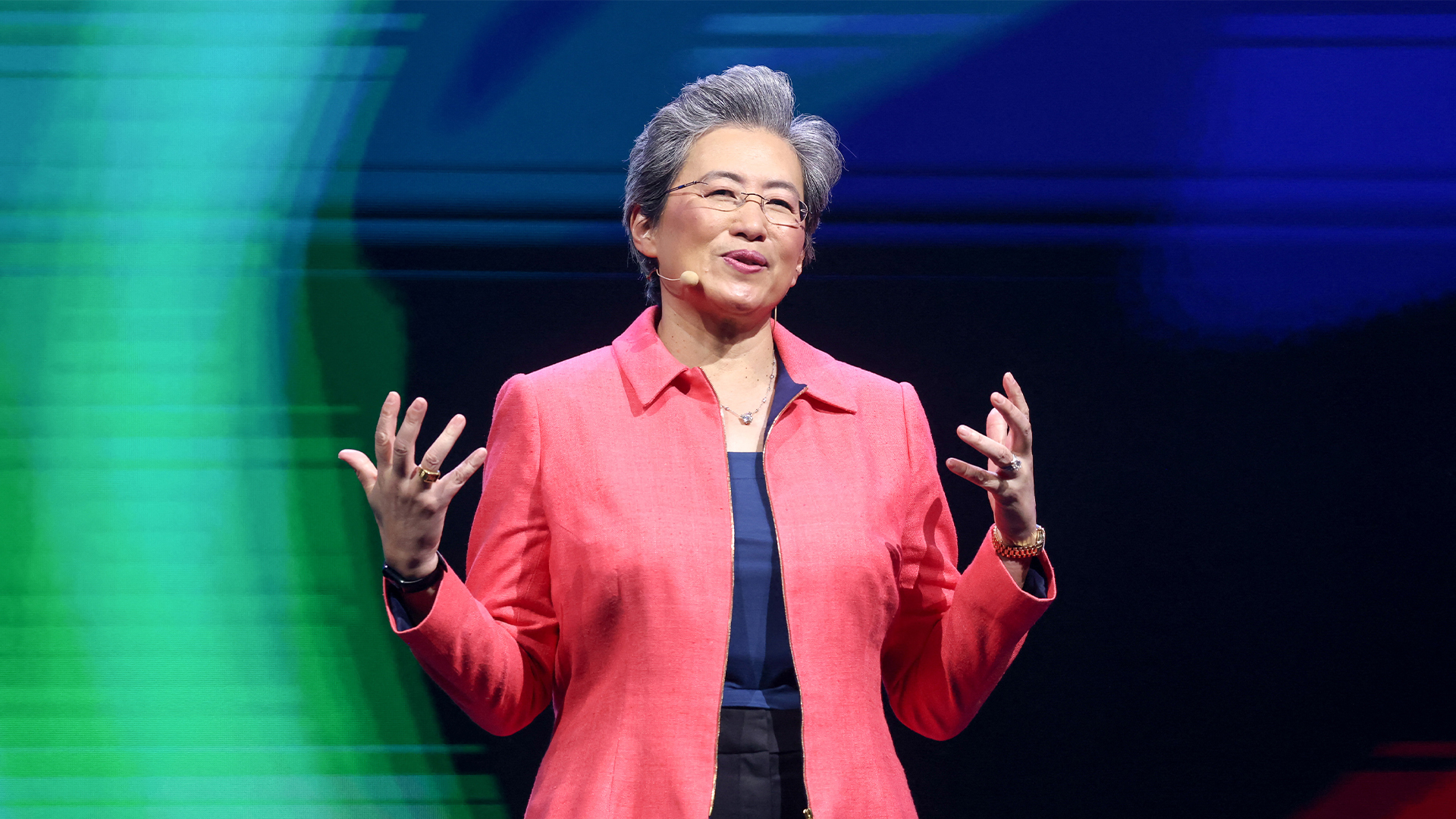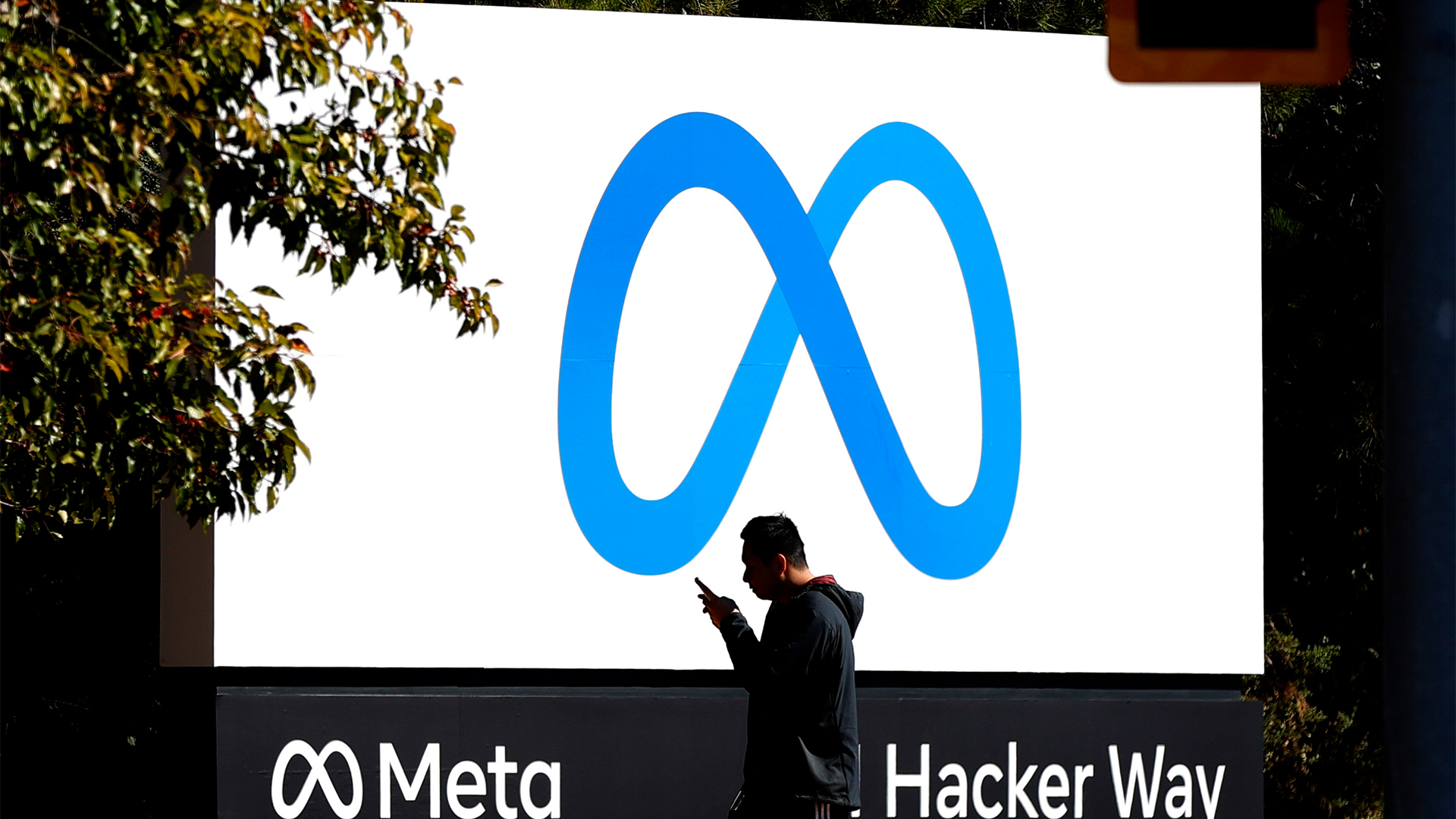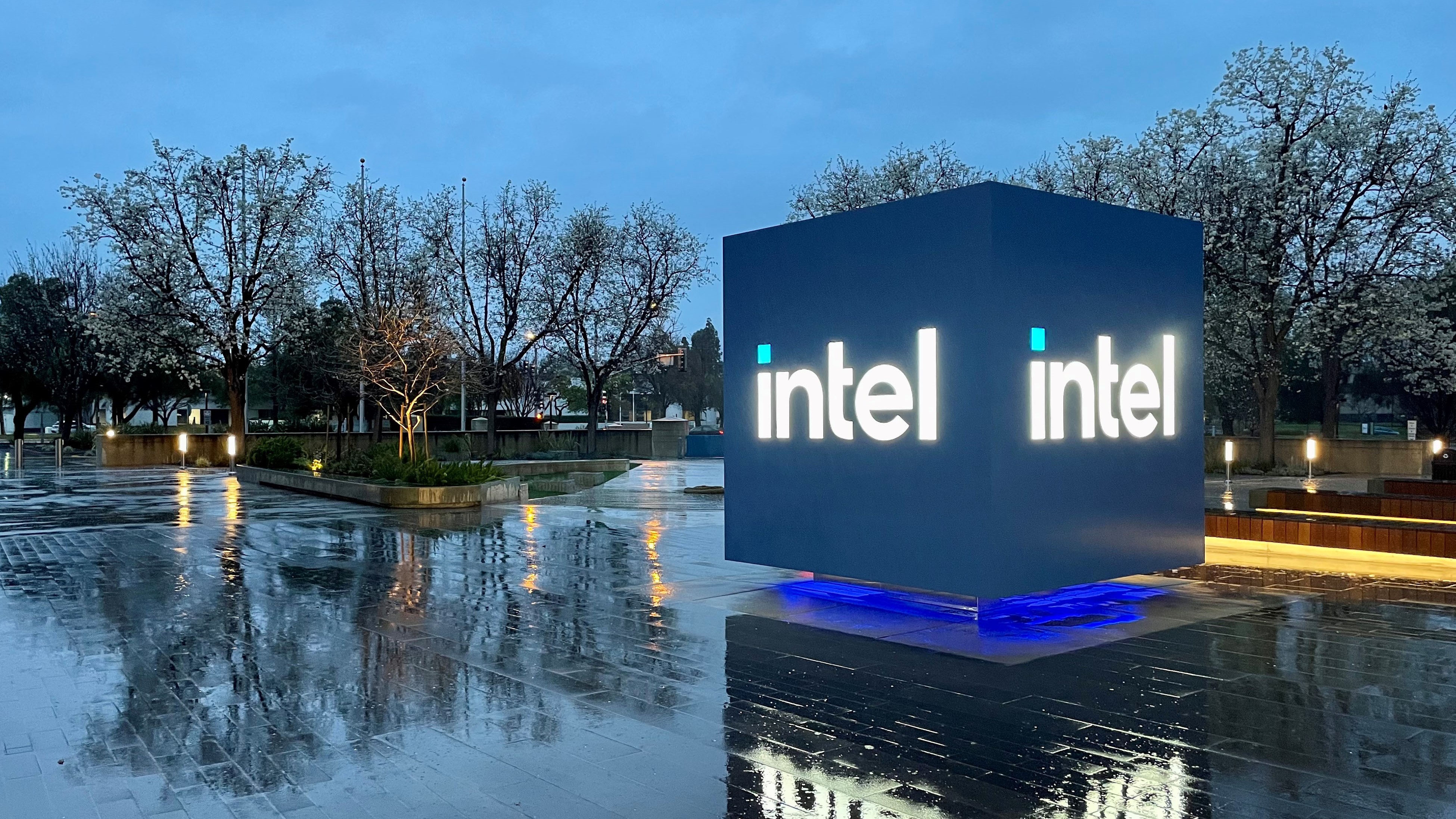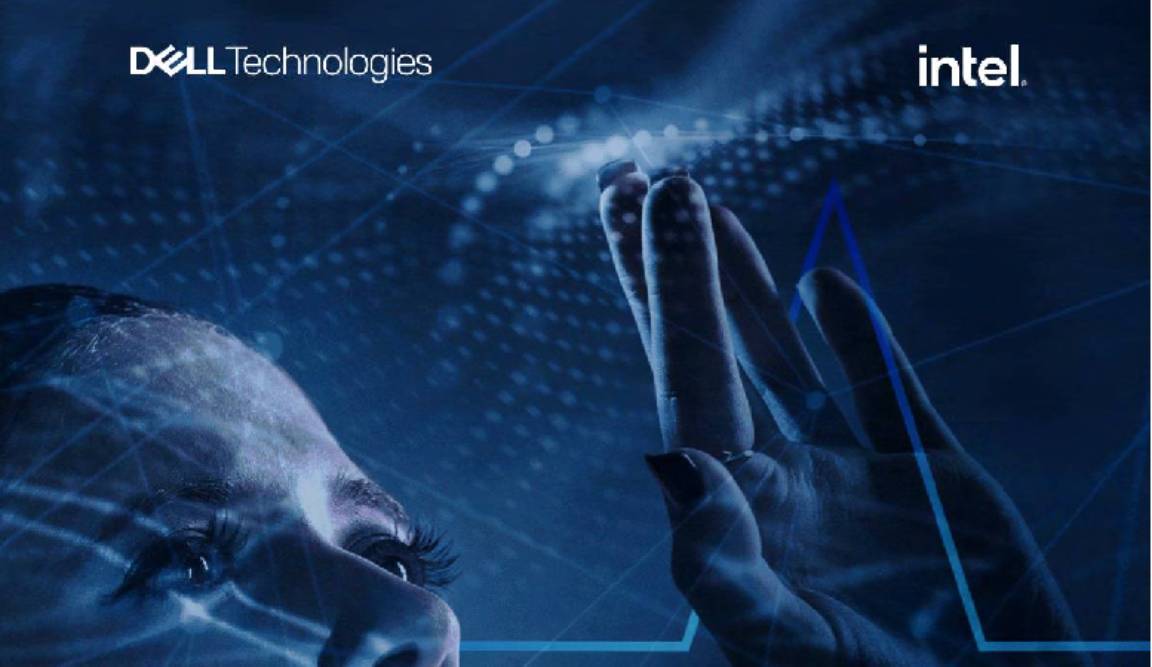Intel spending outlook shakes Wall Street
Chipmaker's revenue and spending forecast is a cause for concern to investors.

Intel's forecasted quarterly revenue has disappointed Wall Street, while an announced increase in capital spending for 2013 unnerved investors already concerned about slow demand for PCs.
Shares of the world's leading chipmaker slid more than 5 per cent in after-hours trade on Thursday after it projected this year's capital spending at $13 billion, plus or minus $500 million, exceeding many analysts' estimates for about $10 billion.
People are starting to freak out about the capex.
Intel said $2 billion of its increased expenditures would go toward expanding a facility for researching future manufacturing technology. Some analysts worried that with PC sales already slow, expanding too quickly may create excess capacity that could hurt the bottom line.
"People are starting to freak out about the capex," said Sanford C. Bernstein analyst Stacy Rasgon. "The concern is that if I spend a lot of money and I build up my factories, I don't have enough demand to fill them. They have very high fixed costs, and it pulls your margins down."
Outgoing chief executive Paul Otellini, who plans to retire in May after a successor is identified, said the investment in manufacturing would lower costs in the long run.
"The leading edge capacity is the lowest cost for us on a per unit basis," Otellini told analysts on a conference call. "Regardless of what you think the size of the market is, the leading edge fabs are the single greatest asset that we have."
Get the ITPro daily newsletter
Sign up today and you will receive a free copy of our Future Focus 2025 report - the leading guidance on AI, cybersecurity and other IT challenges as per 700+ senior executives
Otellini said the higher capex is not intended to bankroll a foundry or contract chipmaking business, but he did not rule out manufacturing semiconductors for other chip companies as long as that did not empower a rival.
Intel has agreed to manufacture custom chips on behalf of networking equipment company Cisco, Bloomberg reported on Thursday. An Intel spokesman declined to comment.
In the fourth quarter, Intel's revenue was $13.5 billion, compared with $13.9 billion a year earlier. Analysts had expected $13.53 billion.
It estimated first-quarter revenue of $12.7 billion, plus or minus $500 million. Analysts expected $12.91 billion.
Mobile misery
Intel is used to being king of the personal computer market, particularly through its historic Wintel alliance with Microsoft, which has led to breathtakingly high profit margins and an 80 per cent market share.
But it has struggled to adapt its technology for smartphones and tablets, a market dominated by Qualcomm, Samsung Electronics and Nvidia.
PC makers are struggling to stop a decline in sales as consumers hold off on buying new laptops in favor of more nimble mobile gadgets.
Microsoft's long-awaited launch of Windows 8 in October brought touchscreen features to laptops but failed to spark a resurgence in sales that Intel and many PC manufacturers had hoped for.
Intel's hefty investment plans reflect its confidence in the future, even as Wall Street worries about the chipmaker's struggle to gain traction in the mobile market.
"Our core advantage really is our manufacturing leadership," Chief Financial Officer Stacy Smith told Reuters. "450 will give us a significant cost advantage relative to others."
Intel is expanding its research fab in Hillsboro, Oregon, to develop technology for manufacturing chips on 450 mm silicon wafers, a complicated step up from the current 300 mm wafer standard.
Larger wafers can translate into big savings because more chips can be etched onto each of them. But building 450 mm plants is expected to be so expensive that only a few industry leaders, including Intel, Samsung Electronics and TSMC, are expected to have the necessary scale.
Some Wall Street analysts gave Intel high marks for expected operating efficiency this year.
"The revenue isn't going to be there, but the margin and expense control is going to stabilize the bottom line," said Cody Acree, an analyst at Williams Financial. "I think it's probably a success if you can be flat in an industry that most people expect to be flat to down."
Intel foresees first-quarter gross margins of 58 percent, plus or minus two percentage points. Analysts on average expected gross margins of about 56 percent for the current quarter, according to Thomson Reuters I/B/E/S.
It estimated a 2013 gross margin of 60 percent, plus or minus a few percentage points. Analysts on average had expected 59 percent.
Net earnings in the December quarter were $2.5 billion, or 48 cents a share, compared with $3.4 billion, or 64 cents a share, year-ago period.
Analysts had expected 45 cents, and said the surprisingly strong performance was partly due to a lower effective tax rate of 23 percent. This was below Intel's forecast of about 27 percent.
Still, shares of Intel fell 5.6 percent in after-hours trade to $21.43, after closing up 2.58 percent at $22.68 on the Nasdaq.
"This is a company that is continuing to spend money to participate in the market. That may concern some investors," said Doug Freedman, an analyst at RBC Capital.
ITPro is a global business technology website providing the latest news, analysis, and business insight for IT decision-makers. Whether it's cyber security, cloud computing, IT infrastructure, or business strategy, we aim to equip leaders with the data they need to make informed IT investments.
For regular updates delivered to your inbox and social feeds, be sure to sign up to our daily newsletter and follow on us LinkedIn and Twitter.
-
 CISA issues warning in wake of Oracle cloud credentials leak
CISA issues warning in wake of Oracle cloud credentials leakNews The security agency has published guidance for enterprises at risk
By Ross Kelly
-
 Reports: White House mulling DeepSeek ban amid investigation
Reports: White House mulling DeepSeek ban amid investigationNews Nvidia is caught up in US-China AI battle, but Huang still visits DeepSeek in Beijing
By Nicole Kobie
-
 Everything you need to know about Lip-Bu Tan, Intel’s new CEO
Everything you need to know about Lip-Bu Tan, Intel’s new CEONews Intel has announced its next CEO in the wake of Pat Gelsinger's retirement, naming former board member Lip-Bu Tan as its new leader months after he quit.
By Nicole Kobie
-
 Intel CEO Pat Gelsinger announces retirement
Intel CEO Pat Gelsinger announces retirementNews Gelsinger’s departure comes amid a tumultuous period at Intel
By Ross Kelly
-
 AMD to cut around 1,000 staff to focus on "growth opportunities"
AMD to cut around 1,000 staff to focus on "growth opportunities"News The AMD layoffs come after rival Intel cut staff on the back of flagging AI returns
By George Fitzmaurice
-
 Meta layoffs hit staff at WhatsApp, Instagram, and Reality Labs divisions
Meta layoffs hit staff at WhatsApp, Instagram, and Reality Labs divisionsNews The 'year of efficiency' for Mark Zuckerberg continues as Meta layoffs affect staff in key business units
By Ross Kelly
-
 The power and the pain: Looking forward so you’re not held back
The power and the pain: Looking forward so you’re not held backAvoiding server modernization may seem like a cost-saving strategy, but the hidden risks of downtime, security breaches, and operational inefficiencies can quickly become far more costly…
By ITPro
-
 Modernization: Nothing to fear except failing to future-proof
Modernization: Nothing to fear except failing to future-proofAs businesses face mounting pressure to innovate while maintaining daily operations on tight budgets, modernization has become a necessity, not a luxury
By ITPro
-
 Everything you need to know about Intel
Everything you need to know about IntelIn-depth An essential guide to Intel, a trailblazer in microprocessor innovation and a foundational force behind the evolution of modern computing and the personal computer industry
By Rene Millman
-
 Five ways to drive innovation at the edge
Five ways to drive innovation at the edgeWhitepaper How an effective edge strategy can generate new value for your organization
By ITPro
